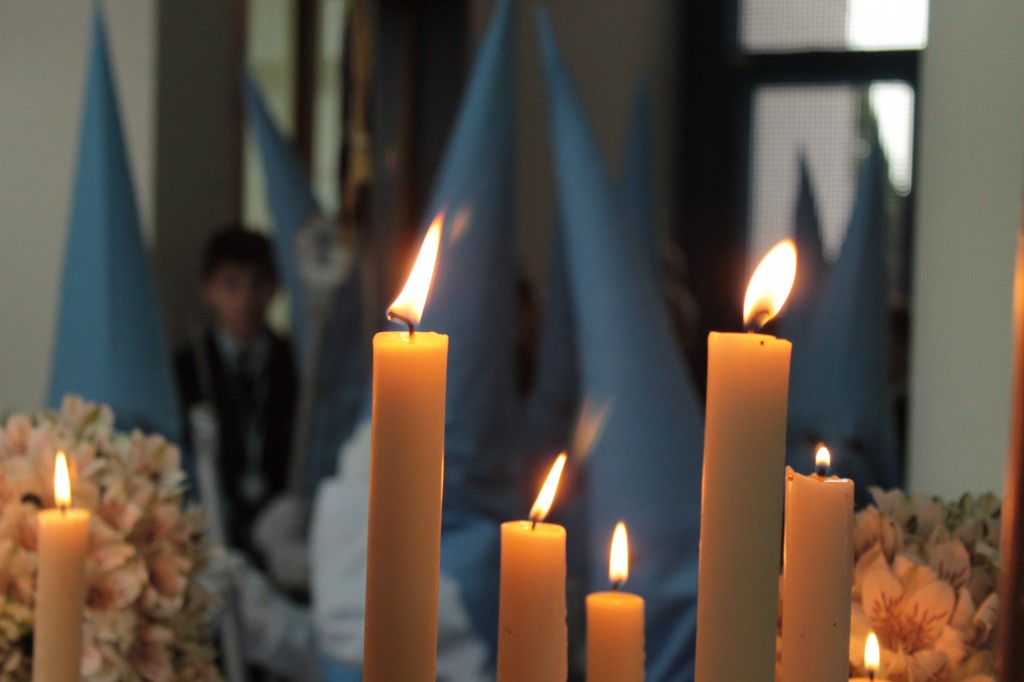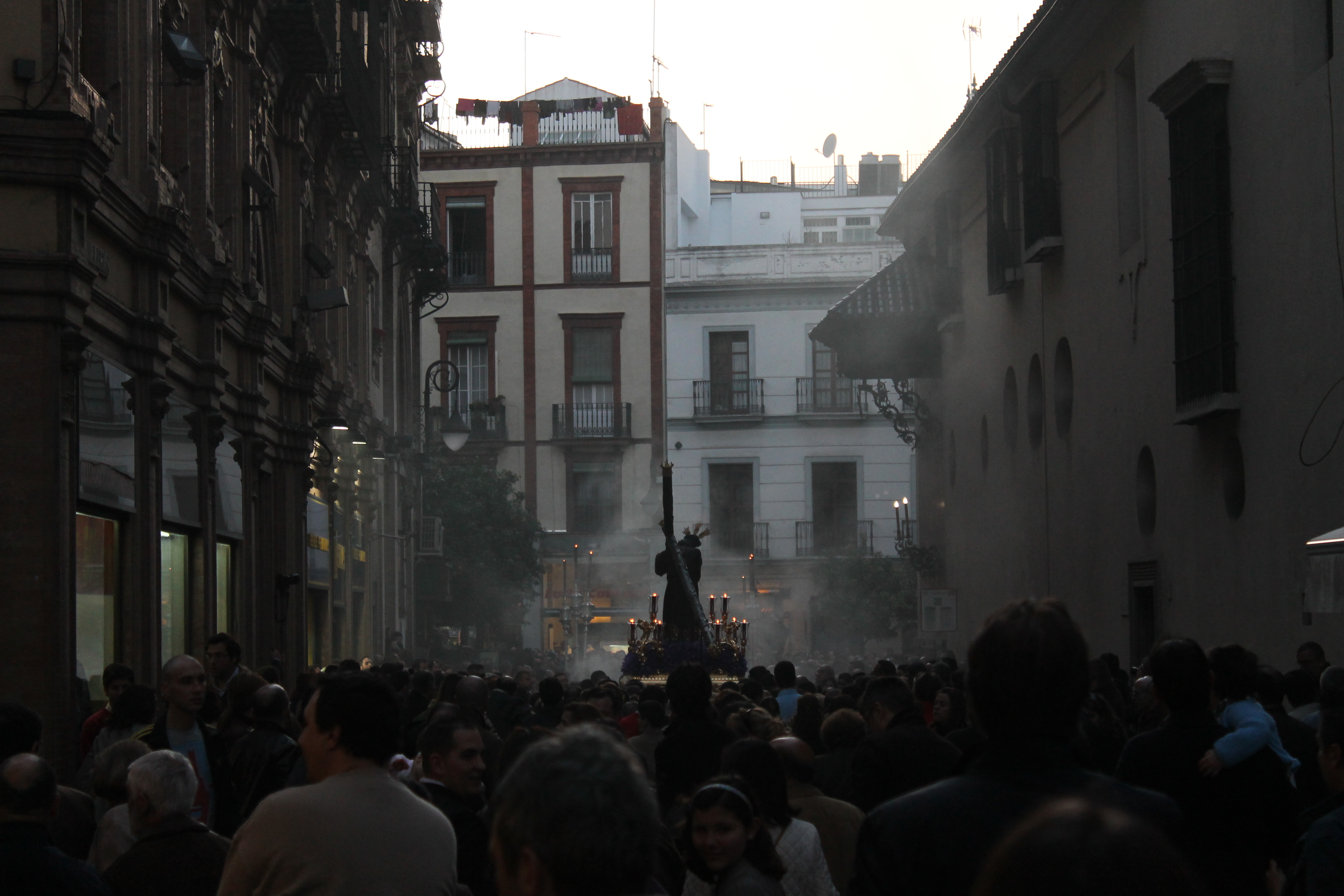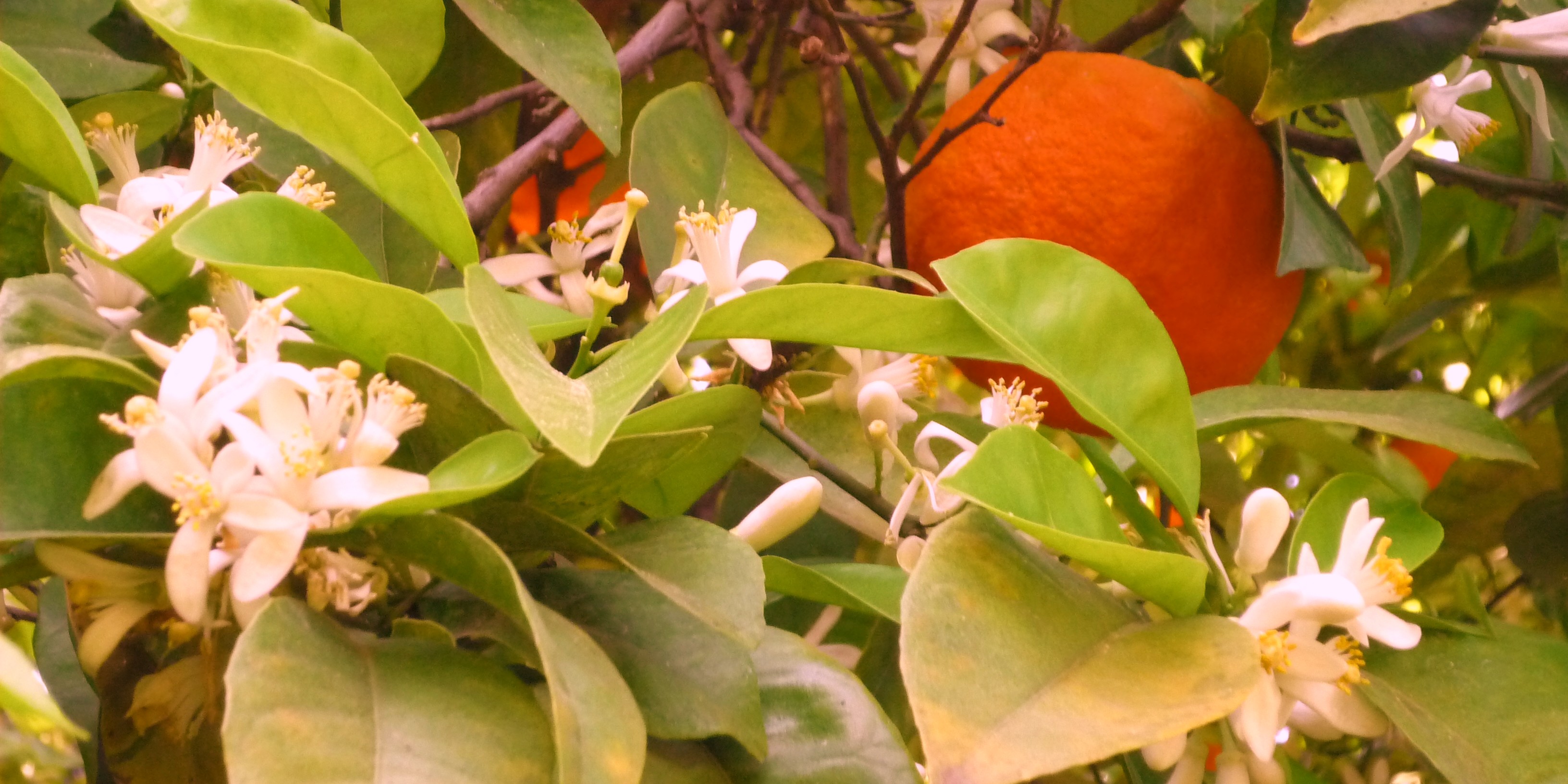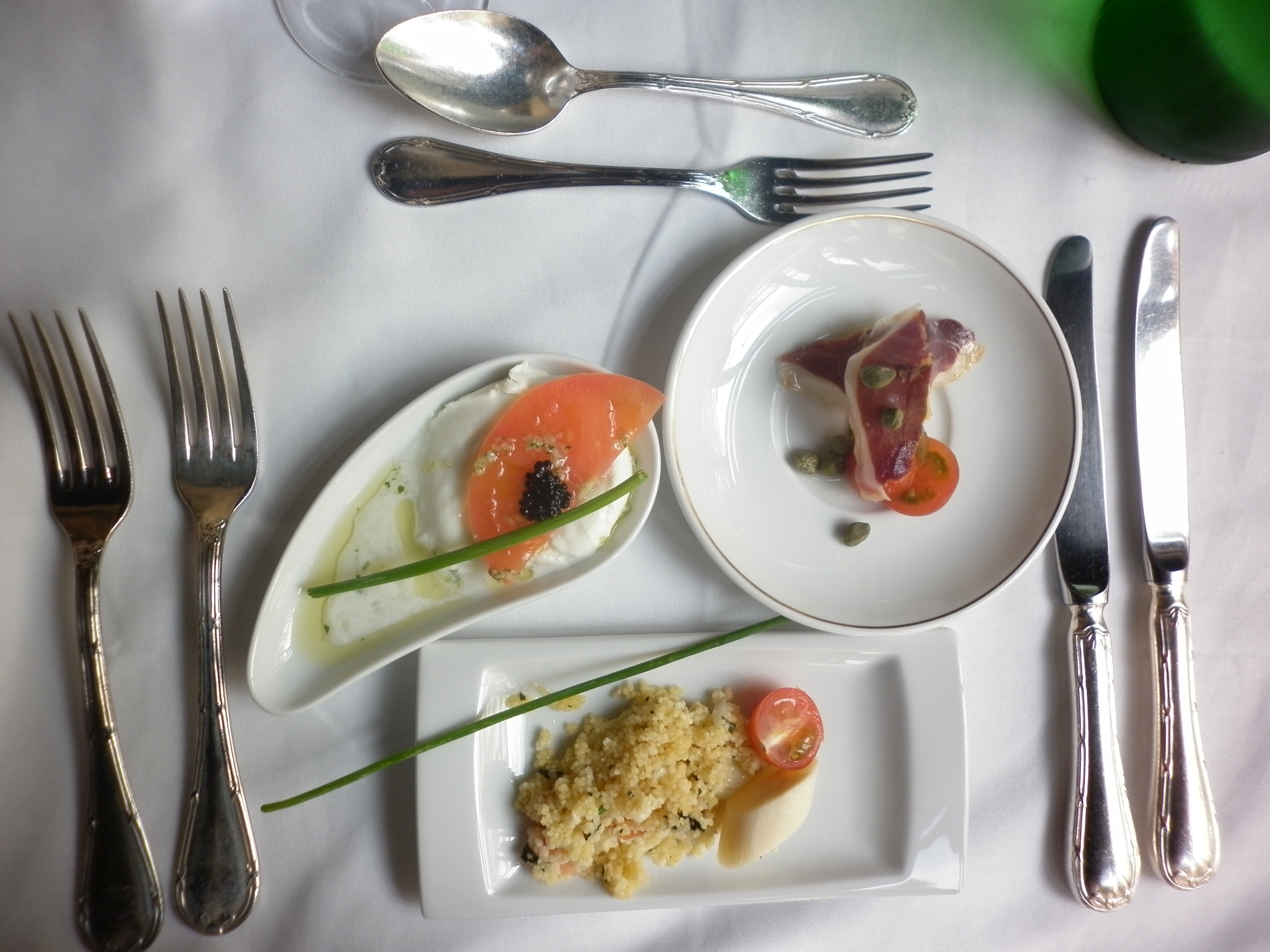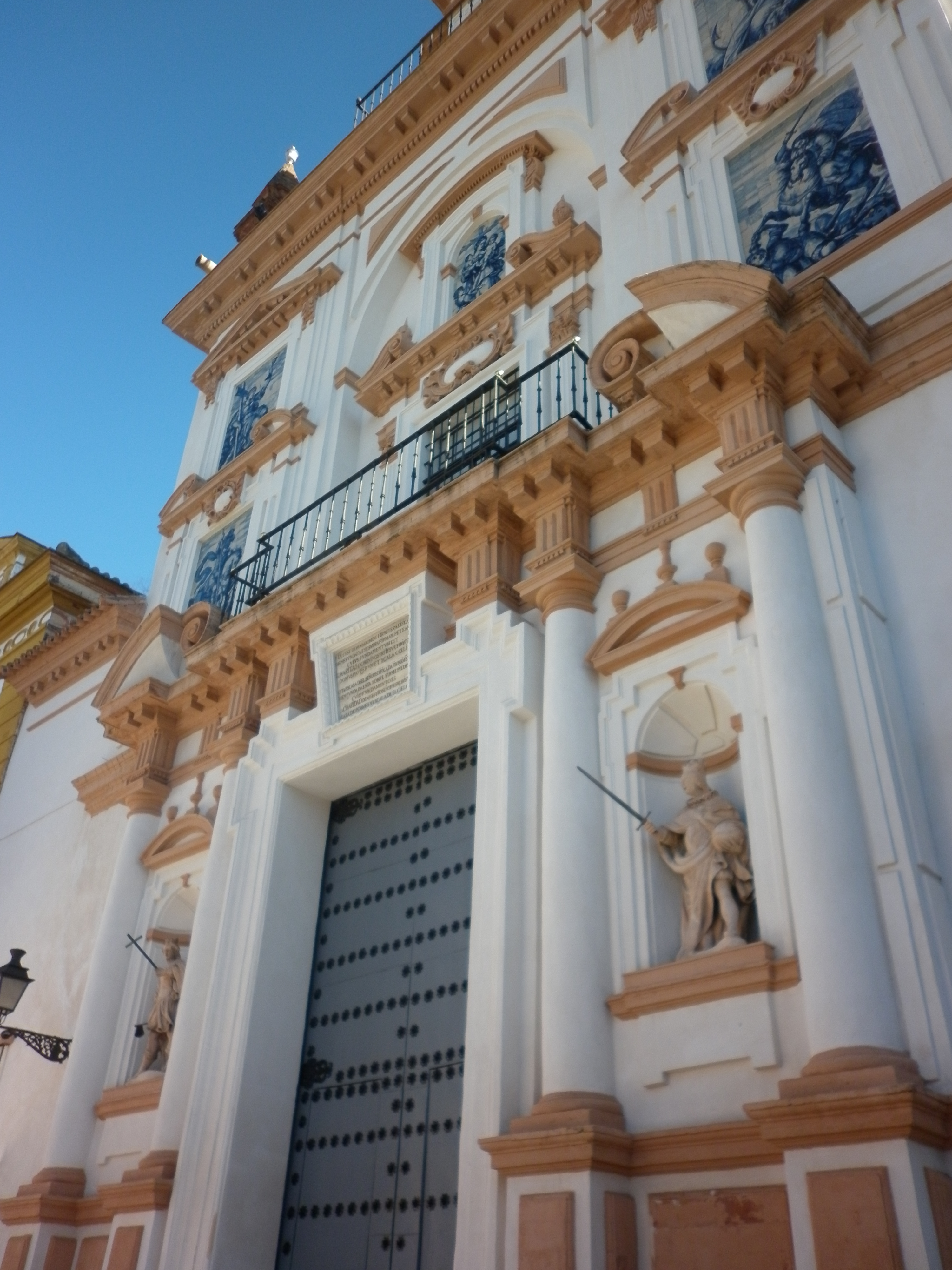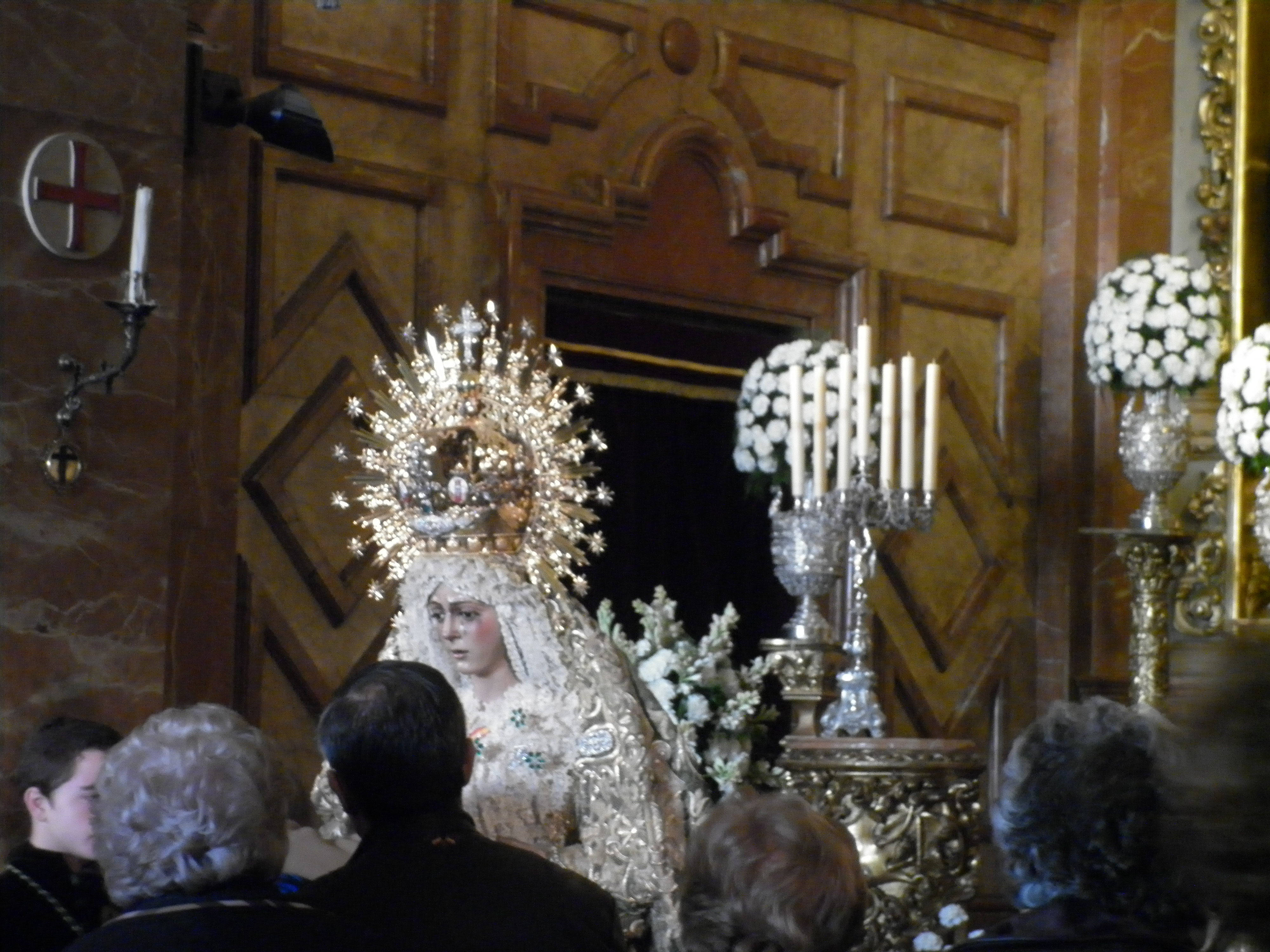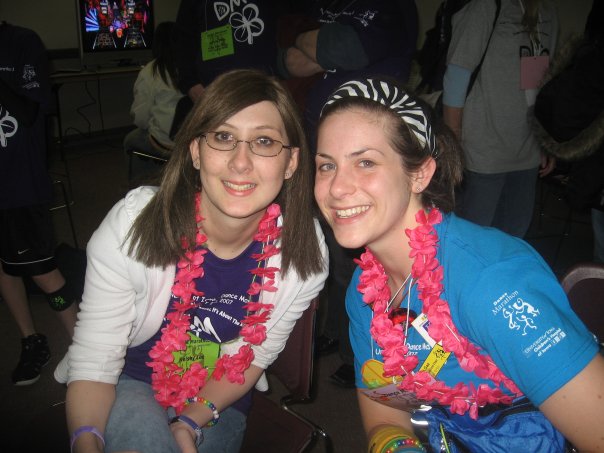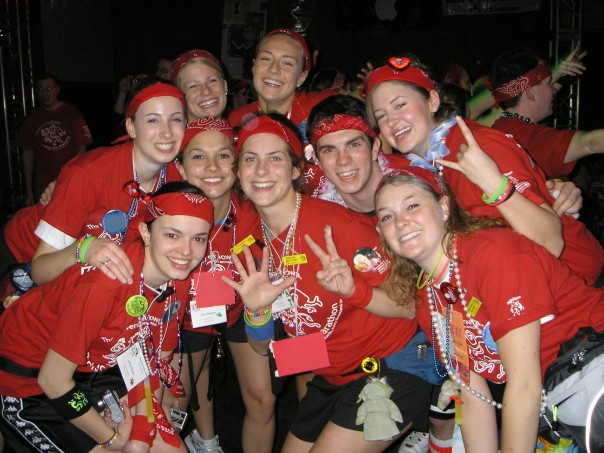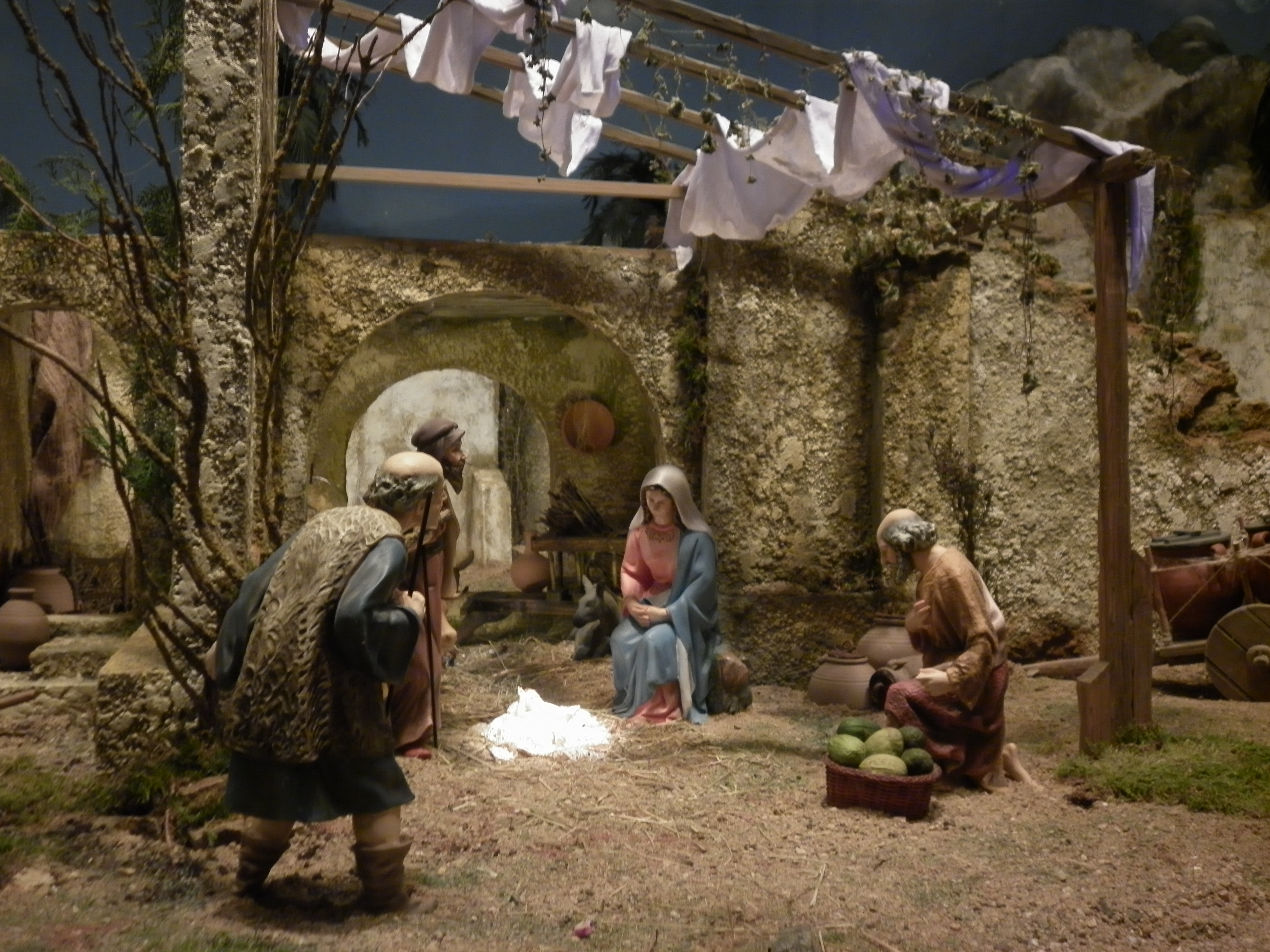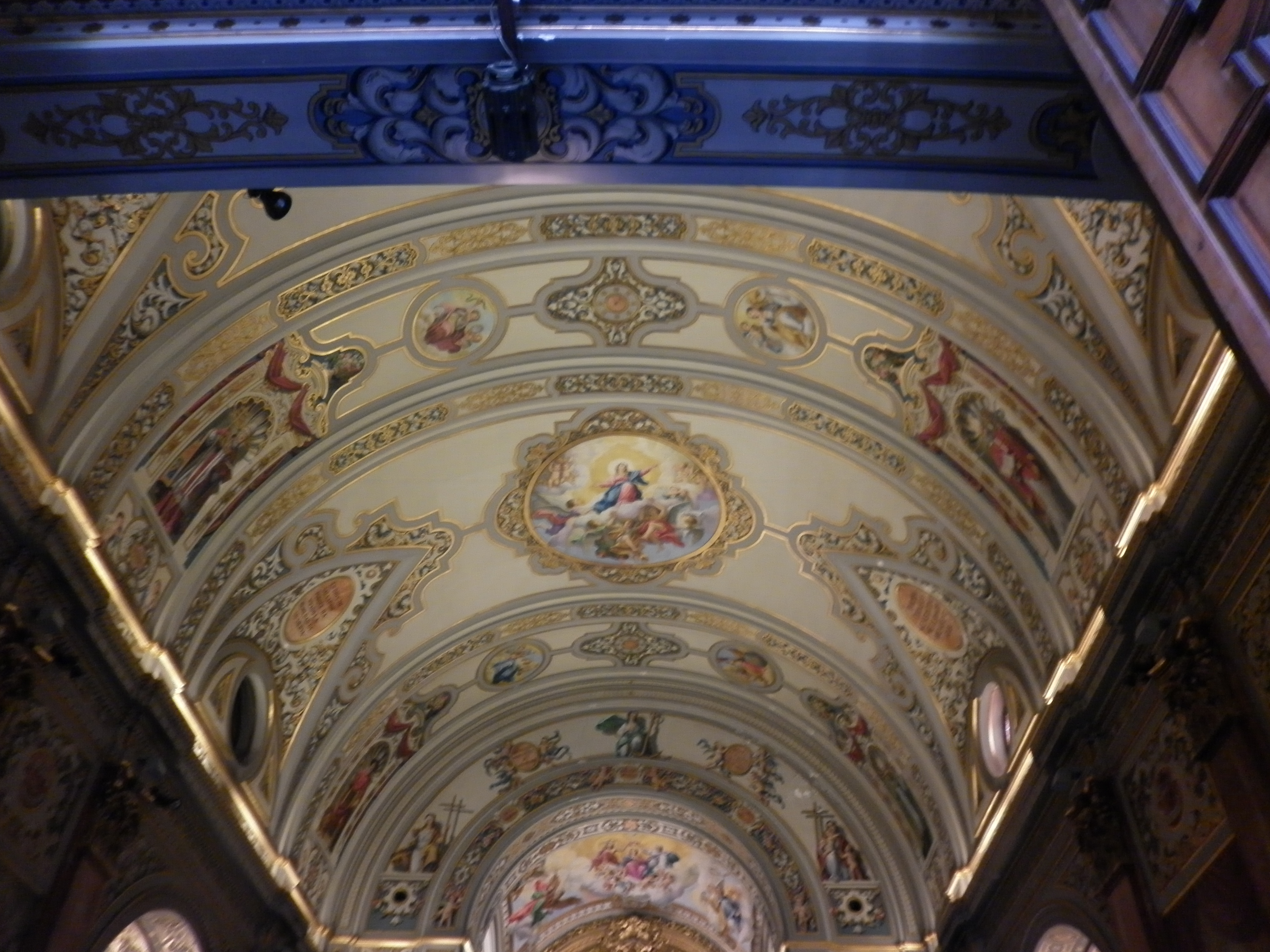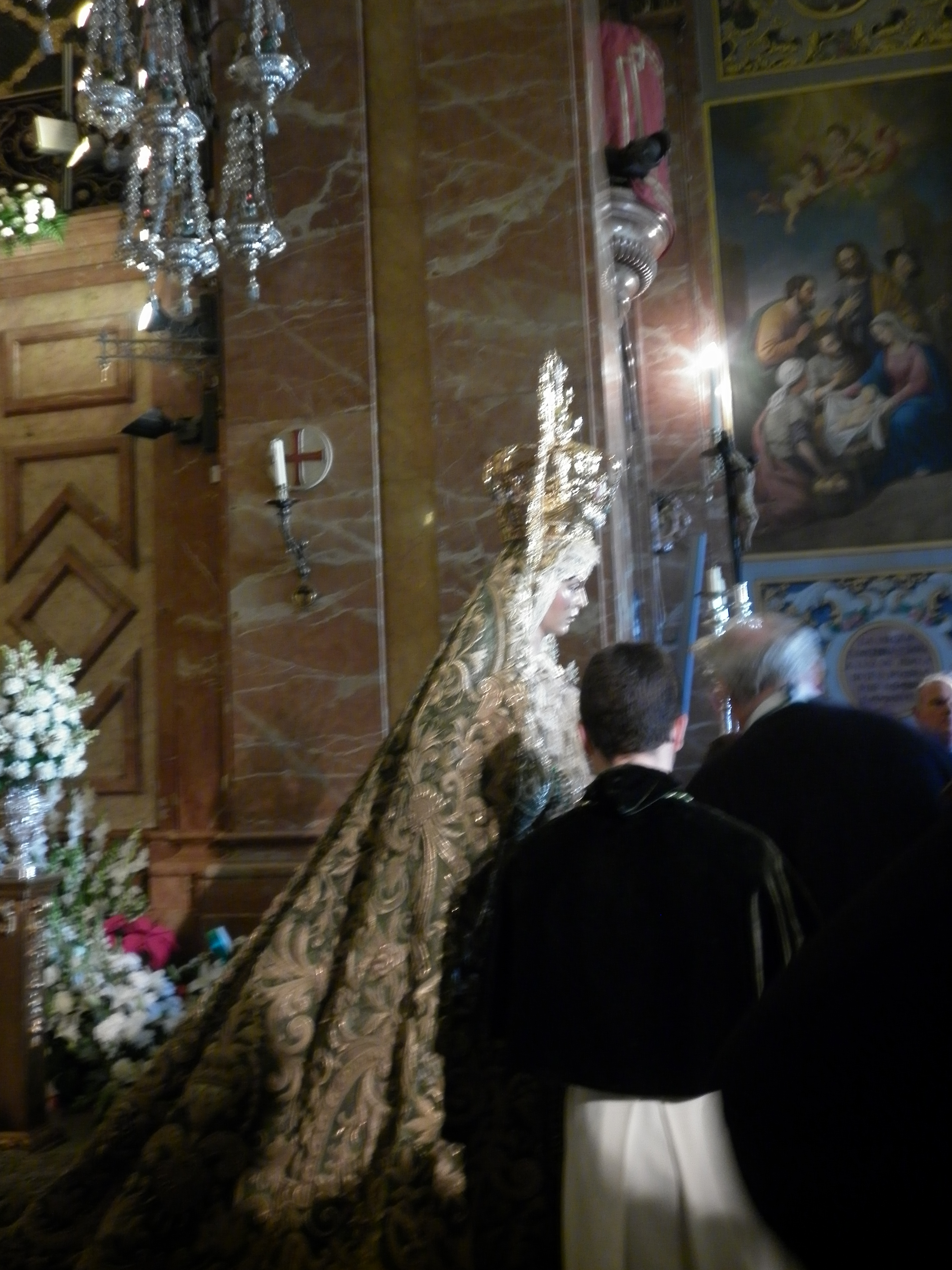It’s Viernes de Dolores in the Catholic world, so you know what that means:
My school is full of nazarenos.
Now, I know what your American brains are thinking, but this can’t be explained by a few letters: the nazarenos are symbolic of the penitent brothers of religious brotherhoods. In Seville and throughout Spain, these brothershoods march throughout their towns for up to 12 hours, accompanying a float adorned with candles, flowers and an image of Christ or the Virgen Mary.
They say the hoods make the sinners nearly unrecognizable to the people who come from around the world to see Seville’s famous line-up (read a few tips on how to survive it if you do come), but I’d still file it under culture shock.
Though it was tiring (they don’t called it Friday of Dolores, or Sorrows, for nothing!), it was fun to play guessing games with the students and practice prepositions on the two-hour long march.
When the faithful returned to their temple, there were pestiños and rosquillas for all. For now, the mantones and floats are stored until next year, and we teachers get a glorious ten-day break from babies and boogers.
Have you ever attended Holy Week processions in Spain? What was your reaction? Any big plans for Semana Santa? This lady is off to Turkey tomorrow!
